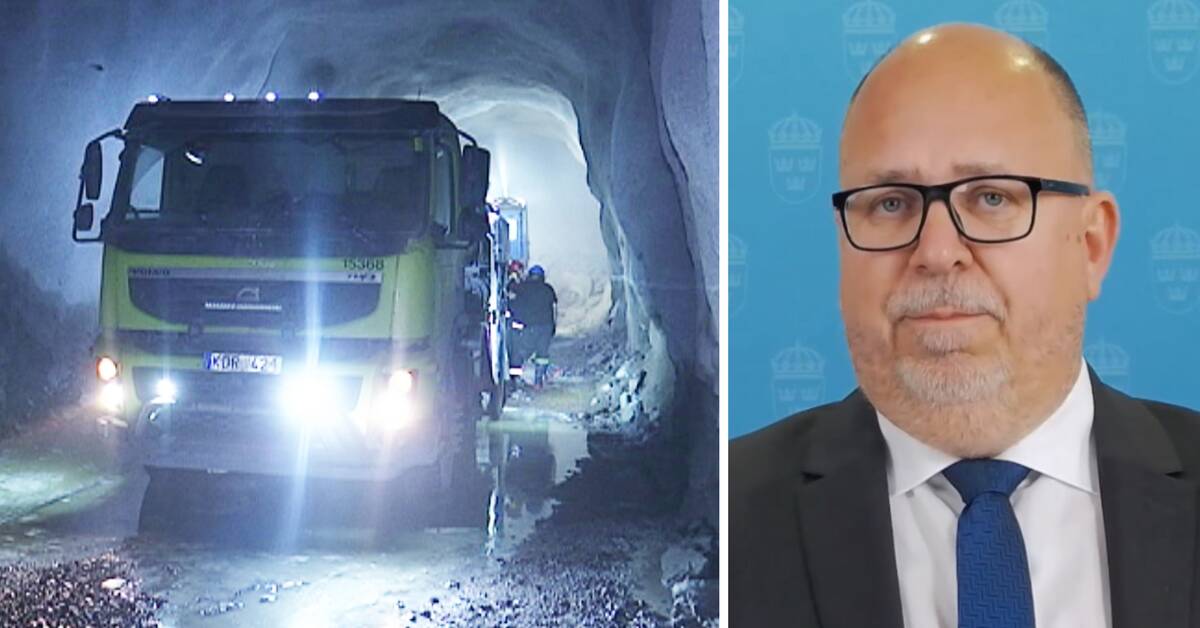According to LKAB's CEO, Jan Moström, the increased demand is primarily due to the fact that SSAB has chosen to speed up its transition to become wedge-neutral.
- The schedule is somewhat shorter for two reasons.
There is a huge demand for fossil-free steel and we see that climate change and its impact continue, he says.
Today, LKAB's mine in Malmberget and SSAB's steelworks in Luleå are integrated and part of the increased demand is also SSAB, as that company also accelerated its process to produce fossil-free steel.
Great pressure on the power grid
The transition to hydrogen technology is energy-intensive and puts great pressure on the power grid.
An expansion of the power grid to Malmberget and Vitåfors is currently being planned to be able to supply the electricity needed to produce the iron sponge.
Svenska kraftnät has previously announced that there will be no capacity until after 2030 for the electricity-intensive investments that are underway in Norrbotten and Västerbotten.
"More wind power required"
For LKAB's part, just over 70 terrawatt hours of electricity will be required for LKAB's production.
- Another wind farm is needed in the order of magnitude with the land area outside Piteå for the investments to get rid of, says Karl-Petter Thorwaldsson (S).

